Managing Capital Flows and Exchange Rates: Perspectives from the Pacific Basin

Summary
Emerging economies have been the beneficiaries of sharply increased volumes of international capital inflows in the past decade. These inflows have eased foreign financing constraints and offered the potential for higher investment and growth. At the same time, they have posed challenges for policy makers by threatening to fuel inflation, adversely affect international competitiveness, and undermine domestic banking stability. The essays in this volume provide a timely and useful comparison of the experiences of emerging Pacific Basin countries in both Asia and Latin America.
Similar Books
-
 Modern Mongolia: From Khans to Commissars to Capitalists
Modern Mongolia: From Khans to Commissars to Capitalistsby Morris Rossabi
-
 Empire in Denial: The Politics of State-Building
Empire in Denial: The Politics of State-Buildingby David Chandler
-
 State Legitimacy and Development in Africa
State Legitimacy and Development in Africaby Pierre Englebert
-
 Third World: Whence and Whither? Protective State versus Aggressive Market
Third World: Whence and Whither? Protective State versus Aggressive Marketby Wim F. Wertheim
-
 Multilateral Institutions: A Critical Introduction
Multilateral Institutions: A Critical Introductionby Morten Bøås
-
 Media Policy and Globalization
Media Policy and Globalizationby Paula Chakravartty
-
 The Asian Financial Crisis: Lessons for a Resilient Asia
The Asian Financial Crisis: Lessons for a Resilient Asiaby Senior Fellow Wing Thye Woo
-

-
 Communications Media, Globalization, and Empire
Communications Media, Globalization, and Empireby Oliver Boyd-Barrett
-
 Challenges to Globalization: Analyzing the Economics
Challenges to Globalization: Analyzing the Economicsby Robert E. Baldwin
-
 The Political Economy of Latin America in the Postwar Period
The Political Economy of Latin America in the Postwar Periodby Laura Randall
-

-
 Media and Globalization: Why the State Matters
Media and Globalization: Why the State Mattersby Nancy Morris
-
-
 Japanese Governance: Beyond Japan Inc.
Japanese Governance: Beyond Japan Inc.by Jennifer Amyx
-

-
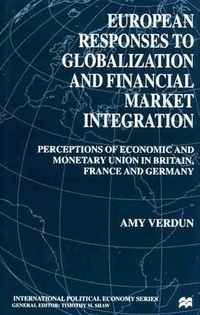
-
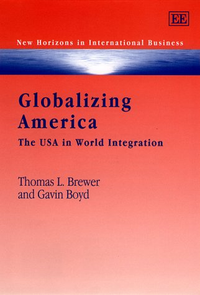 Globalizing America: The USA in World Integration
Globalizing America: The USA in World Integrationby Thomas L. Brewer
-
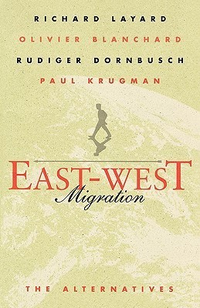 East-West Migration: The Alternatives
East-West Migration: The Alternativesby Richard Layard
-
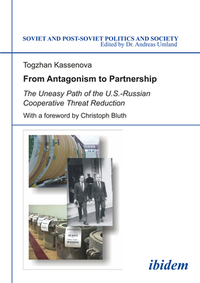
-
 Opec and the Third World: The Politics of Aid
Opec and the Third World: The Politics of Aidby Shireen Hunter
-
 Policy Reform, Economic Growth, and China's Agriculture
Policy Reform, Economic Growth, and China's Agricultureby Christopher Findlay
-

-
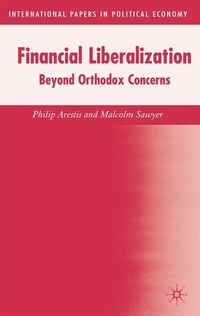 Financial Liberalization: Beyond Orthodox Concerns
Financial Liberalization: Beyond Orthodox Concernsby Philip Arestis
-
 Internationalisation of Industrial R&D: Patterns and Trends
Internationalisation of Industrial R&D: Patterns and Trendsby OECD Organisation for Economic Co-operation and Development